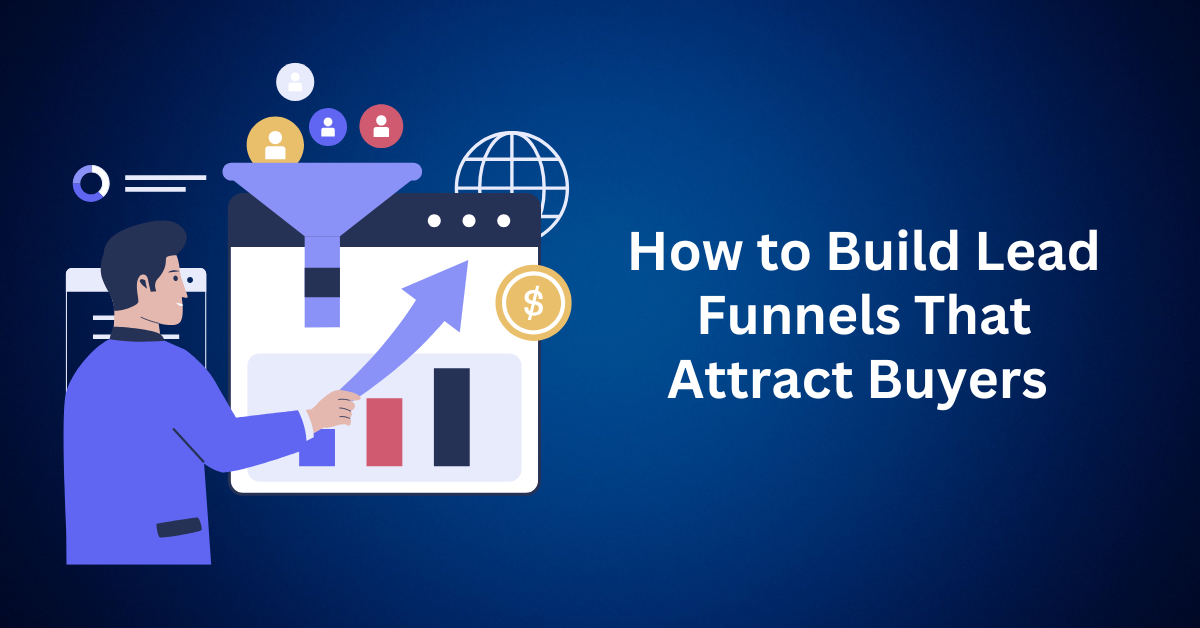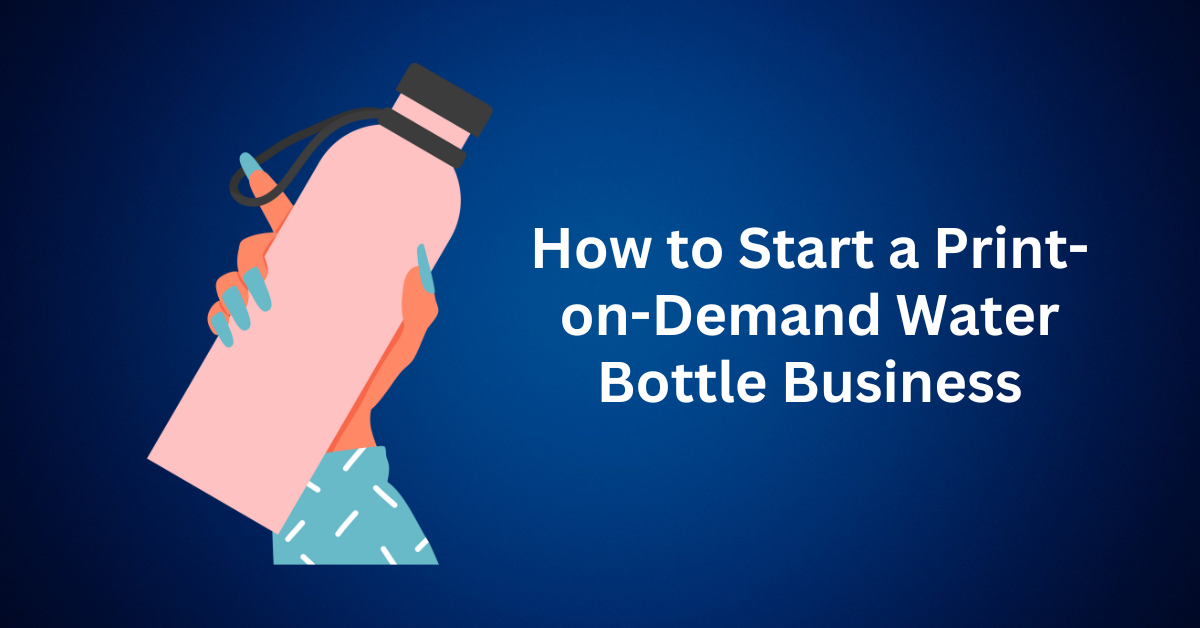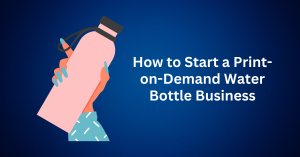Generating leads isn’t the hard part. Any marketer can throw together a free eBook, checklist, or webinar and gather hundreds of email addresses. The real challenge? Finding the people who will buy from you. Instead of trying to lure in everyone, you should focus on building buyer-ready lead funnels. This system filters out casual browsers and draws in prospects who already have the intent and urgency to make a purchase.
If your inbox is filled with subscribers who never open your emails, never click your links, and certainly never purchase, you don’t have a lead funnel. You have a list funnel. And that’s a drain on both your time and your marketing budget.
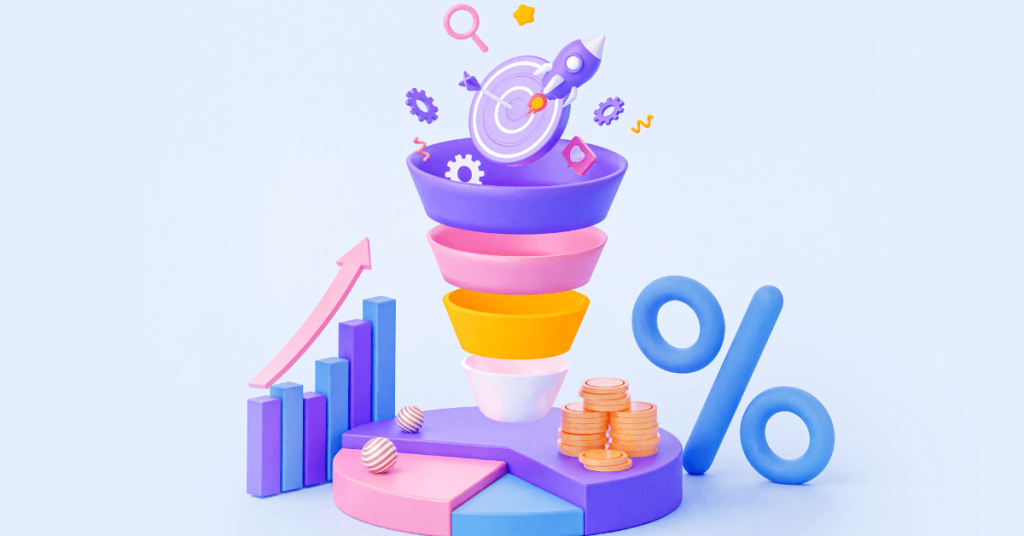
Table of Contents
ToggleWhy Most Lead Funnels Fail to Convert
Many businesses confuse lead generation with list building. While both involve collecting contact information, the purpose behind them is very different.
- List Funnels: Designed to collect as many names as possible, often through low-commitment offers like free printables or broad-topic webinars. These funnels tend to attract “freebie hunters” who love the value you give, but rarely intend to buy.
- Lead Funnels: Built to filter and qualify prospects from the start, targeting people who are actively looking for a solution. They may not purchase immediately, but they are in the market and more likely to convert with the right nurturing.
When you treat all leads the same, you end up wasting resources sending sales emails to people who will never become customers. A strong lead funnel prevents this by ensuring only high-quality, high-intent prospects make it into your list.
The Key to Attracting Buyer-Ready Leads
A successful buyer-focused funnel starts with intent. You want to speak directly to the people who:
- Recognize that they have a problem
- Believe solving it is urgent
- Are willing and able to pay for a solution
This doesn’t mean you need a giant ad budget or a bigger freebie. It means designing every step of your funnel from the first ad or post they see to the thank-you page, so it naturally filters for readiness to buy.
Start building your first lead funnel today
5 Proven Steps to Build Lead Funnels That Convert Browsers into Buyers
If your email list is growing but sales are stagnant, you’re not alone. Many businesses fall into the trap of chasing numbers instead of nurturing quality leads. A large subscriber base means nothing if those people never buy from you.
The difference between a list that generates revenue and one that sits idle lies in your lead funnel strategy. A well-built lead funnel is more than a sign-up form. Instead, it’s a system that attracts the right people, earns their trust, and moves them toward a purchase without feeling pushy.
Here’s how to create a high-converting lead funnel in five strategic steps.
1. Hook the Right Buyer with a Specific, Irresistible Offer
The starting point of any buyer-focused funnel is the lead magnet. The value-packed freebie or resource that convinces your ideal customer to share their details. But here’s the secret: generic doesn’t sell.
A vague offer like “Free Business Tips” might bring in a crowd, but most of those people will have little interest in what you sell. Instead, aim for hyper-specificity that speaks directly to a pain point your audience is experiencing right now.
For example:
If you sell solutions for real estate agents, swap the generic advice for something like:
“3 Proven Scripts That Help You Land Listings in Under 48 Hours.”
This type of lead magnet:
- Pinpoints an urgent need
- Demonstrates expertise
- Naturally filters out people outside your target market
Pro tip: Use a funnel builder with robust targeting and A/B testing capabilities so you can experiment with headlines, formats, and offers until you find the one that attracts the highest-quality prospects.
2. Use Micro-Commitments to Filter for Serious Prospects
A common mistake in lead generation is letting people opt in with zero effort beyond entering an email. That’s how you end up with a list full of disengaged subscribers.
Instead, introduce micro-commitments, small, low-effort actions that show a prospect is serious about engaging with you. Examples include:
- Asking one or two relevant questions before delivering the lead magnet
- Having them choose from a multiple-choice list that describes their current challenge
- Encouraging them to watch a 30-second intro video before accessing the content
For instance, if you help eCommerce brands grow, you could ask:
- “What’s your biggest challenge in scaling your store?”
- “Which platforms do you sell on?”
This not only filters out casual browsers but also arms you with valuable segmentation data to personalize follow-ups.
3. Pre-Sell the Value Before They Even Opt In
The best lead funnels don’t wait until the follow-up emails to start selling. Instead, they pre-sell during the lead capture process. Pre-selling isn’t about bombarding visitors with aggressive sales pitches. Instead, it’s about showing them the transformation they can achieve and positioning your lead magnet as the first step in a bigger solution.
You can pre-sell effectively by adding short testimonial clips from past clients or customers, using before-and-after snapshots to highlight real results, and including a one-minute explainer video that outlines what happens after they opt in. When prospects feel like they’re stepping into a proven system rather than downloading “just another PDF,” their trust increases, and so does their likelihood of purchasing your paid offer later.
4. Keep the Funnel Path Laser-Focused
A confused mind says no. If your landing page offers multiple choices, side links, or competing calls to action, you risk losing prospects before they ever convert. Think of your funnel like a guided tour: there should be one clear starting point and one clear next step.
Each page should focus on a single offer, feature just one call-to-action (CTA), and eliminate distractions. If you need to provide extra information, use accordion-style sections, on-hover tooltips, or pop-ups instead of sending visitors to external links that pull them away from your main conversion goal. Your objective is to keep prospects moving forward, not wandering off your funnel.
5. Segment and Nurture Leads for Faster Conversions
Once someone opts in, your work has only just begun. Not every lead is ready to buy immediately, but you can shorten the sales cycle by sending them highly relevant, segmented content. Rather than placing everyone into the same generic email sequence, segment your list based on factors such as the topic of the lead magnet they downloaded, the problem they identified during signup, or the traffic source they came from.
For example, leads who grab your “Facebook Ads Guide” would receive advertising-focused tips, success stories, and offers, while those who download your “SEO Checklist” would get content on ranking strategies and organic growth. This approach ensures that every message feels tailored to their specific situation, building trust, deepening engagement, and accelerating buying decisions.
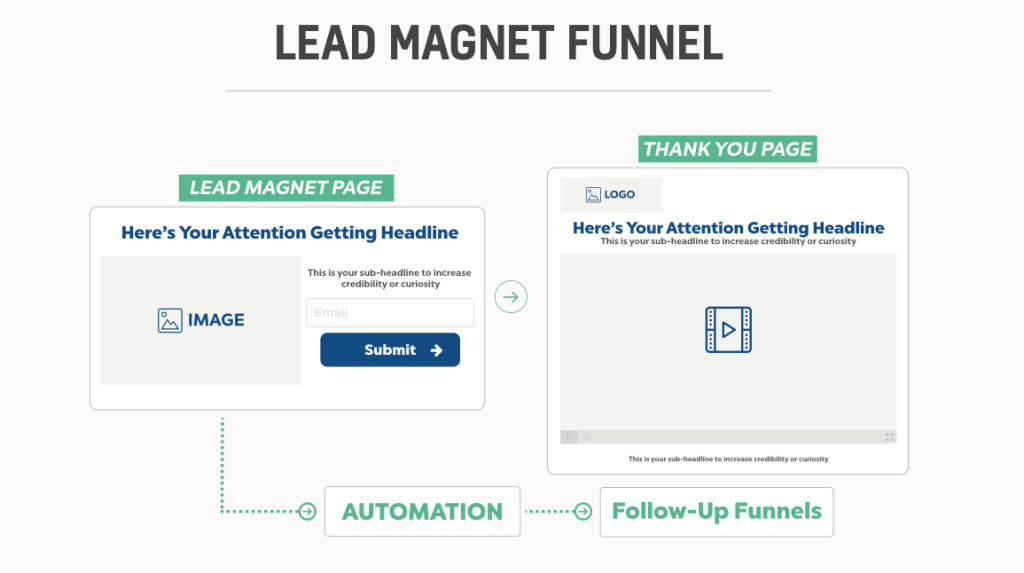
Lead Funnels That Attract, Qualify, and Convert Into Sales
A high-performing lead funnel isn’t just about gathering email addresses. It’s about attracting the right people, qualifying them for readiness to buy, and guiding them toward a purchase with confidence.
When your funnel is built for serious buyers, not casual browsers, you stop wasting time chasing unqualified leads. Instead, you start collecting prospects who are motivated, engaged, and far more likely to become paying customers.
Start building your first lead funnel today
The Core Traits of Buyer-Focused Lead Funnels
The difference between a mediocre funnel and a revenue-generating system comes down to how intentionally it’s designed. Here are the essential elements that make a lead funnel draw in ready-to-buy prospects.
1. Targets a Single Pain Point with a High-Value Solution
Your funnel should solve one specific and urgent problem for your ideal audience. Broad, catch-all offers tend to attract window shoppers.
For example, instead of “Marketing Tips for Small Businesses,” offer “5 Ad Templates That Bring in Clients Within 7 Days.”
This type of specificity ensures you’re speaking directly to people actively looking for that exact solution.
2. Qualifies Visitors Through Thoughtful Questions and Intentional Paths
Don’t let everyone who stumbles onto your page into your pipeline. Use strategic questions in your forms, quizzes, or landing pages to gauge interest level and buying intent.
Examples:
- “How soon are you looking to implement a solution?”
- “What’s your biggest challenge in [industry] right now?”
These micro-filters help you prioritize follow-ups and tailor your messaging for higher conversions.
3. Builds Belief Before Asking for the Sale
A great funnel doesn’t jump straight to “buy now.” It first establishes trust and credibility. This can be done with:
- Short success stories or case studies
- Demonstrations of your product in action
- Social proof, like testimonials and ratings
By the time you make your offer, the prospect already believes in your ability to deliver results.
4. Leads with Clarity and Directs with Confidence
Every page in your funnel should have one clear objective and one primary call-to-action. Avoid clutter, distractions, or too many choices.
Your copy should guide the visitor step-by-step, making it effortless for them to take the next action, whether that’s signing up, scheduling a call, or making a purchase.
5. Continues the Conversation After the Opt-In
The lead funnels don’t end when you collect an email address; it’s just beginning. An effective email nurture sequence keeps the momentum going by delivering quick wins related to your lead magnet, sharing insights that position you as the go-to expert, and leading naturally into your paid offer. This ongoing communication bridges the gap between initial interest and the final purchase.
Final Thoughts: Build Lead Funnels That Attract Buyers
Most businesses chase volume, thinking that more leads automatically mean more sales. In reality, it’s not about how many names you collect. Instead, it’s about how many of those people are ready to buy.
When your lead funnels are designed to filter for buying intent from the very first interaction, you stop wasting energy on unqualified prospects. Instead, every lead in your pipeline is a genuine sales opportunity.
The result?
- Less time chasing people who will never convert
- More conversations with motivated buyers
- A sales process that feels efficient, focused, and profitable
Don’t compete for attention in a crowded marketplace. Build a funnel so targeted, so valuable, and so relevant that the right people can’t help but take notice. That’s how you shift from constantly hunting for leads to confidently closing them—day after day.

